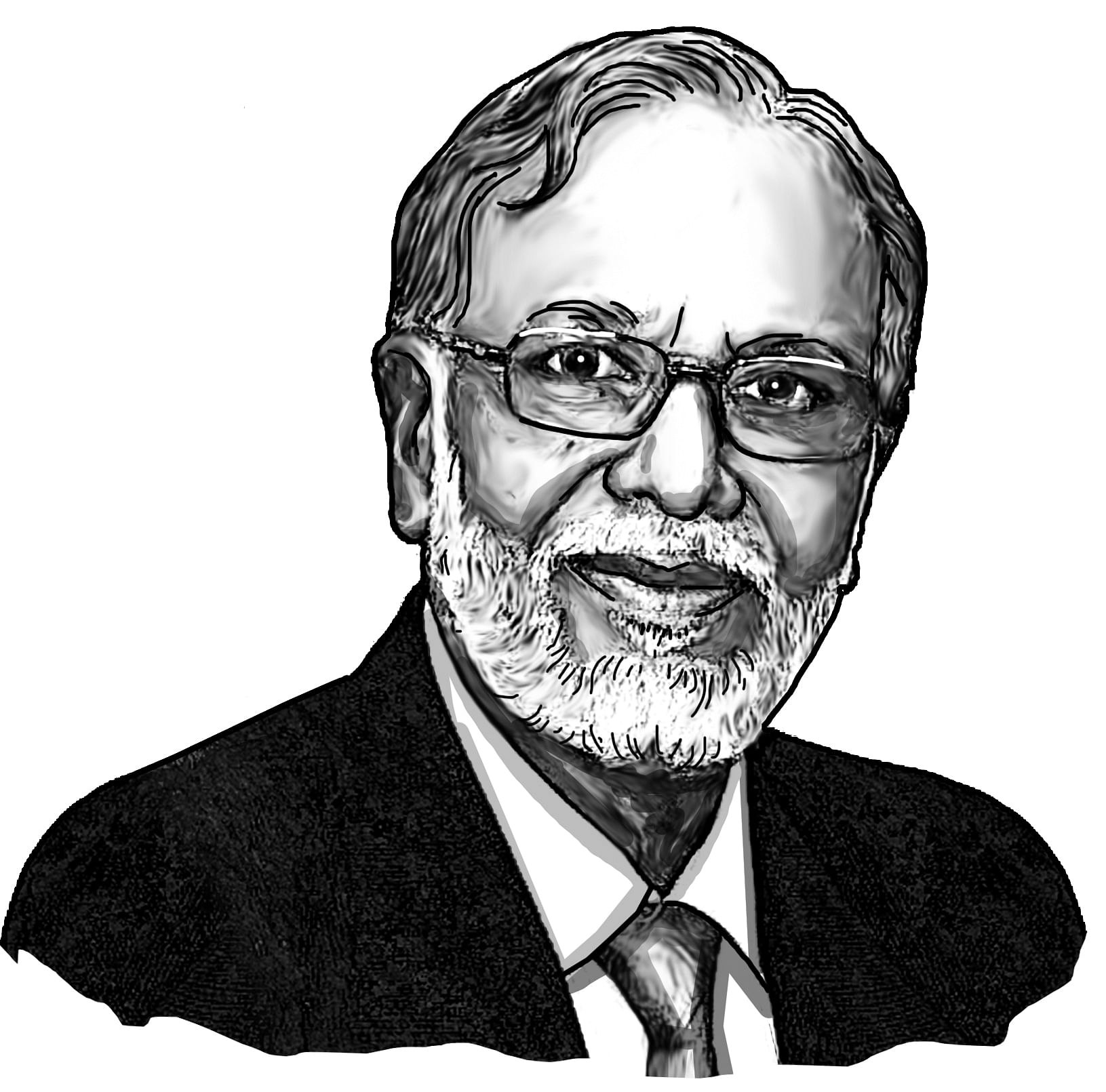
With India now reporting thousands of COVID-19 cases, up from a handful just days ago, there is huge concern about the consequences of the pandemic in India and what lies ahead. DH’s Kalyan Ray spoke to Prof T Jacob John, one of the country’s leading experts and a retired professor of clinical virology at the Christian Medical College, Vellore, on the pandemic’s progress in India.
Why are the numbers not so high in India compared to the US, Italy, Spain and China? Is the curve flattening here?
A forest fire will rage if sparks fell in a thousand spots, but if sparks fell only in 10 spots, the fire will rage only after a long lag time. My guess is that the volume of travel between China and India is far less than that between the US, Italy and Spain. We got very few virus introductions from China, but far more from countries west of India and those introductions were mostly in March; in other words, only quite recently. If this explanation is correct, India’s numbers will rise fast from when we lift our lock-down. The universal use of mask, however, will have an effect on slowing down the spread. So, the speed of increase may be slower than in those countries. China’s low number, less than 90,000 for a country of 1.4 billion people, will remain a mystery until some explanations become available. I had called that the ‘Great Chinese Puzzle’.
Is it too early for India, and the peak may come by April-end or May as widely speculated?
Speculation is just that -- speculation. Not epidemiological projection. India does not have enough data for meaningful epidemiological projection. If the bulk of introductions were in March, our surge in numbers may not come before May-June. But that is my speculation. The lockdown would have dampened transmission a little bit; universal mask use will dampen it further. So, June-July could be the real peak period.
Will the summer have an impact on the virus transmission in India?
That is the optimist’s expectation. The pessimist may say, no. The truth can only be ascertained after summer is past. What if climate makes no difference? If hot weather slows down transmission, when temperatures fall, cases will rise. So, as an epidemiologist, I will not count on weather as a factor that we include in any plan.
Is there any evidence of mutation of the virus?
This is a “single-stranded positive sense RNA virus”. In all our cells, in all bacteria, the genes are DNA, double-stranded. Mutations are rare because of ‘proof-reading’ mechanism during replication. Single-stranded positive sense RNA is directly translated in the host cell as if it were messenger RNA, the replication products of which, especially the progeny virus RNA, gets poor proof-reading. So, mutations are fairly common. However, the likelihood of mutations varies in different regions of viral RNA. Many mutations have been detected, but the virus remains true to its grandparent in spike protein structure, infectivity, virulence, etc. The bottom line is that one vaccine will work against all viruses anywhere in the world. This is according to currently available information.
Is the current lockdown an effective one? Should it be extended?
The lockdown per se is effective to slow down speed of transmission -- to flatten the epidemic curve. The spur-of-the-moment lockdown (imposed) in India is not the ideal lockdown. So, its effectiveness will be sub-optimal. Humans are consumers and producers of wealth. So, health and economic activity should be seen as mutually beneficial. Many states want extension (of the lockdown). That makes sense as they have understood the value of time required for strengthening healthcare infrastructure to face the epidemic. For that reason alone, extension by a week or maximum two, is justifiable, if not essential.
Did the Tablighi Jamaat event act as a ‘super spreader’? The caseload was much less before it occurred.
Perhaps the less said, the better. I am at a loss to understand how it all happened in Delhi, our National Capital Region. These people became victims of infection and spreaders of infection. That shows the reality of the problem of a contagious virus and also the failure of the public health system in not detecting and intercepting on time. In one large gathering of many days, only one virus introduction is enough to cause a big chain reaction.
Do we have an adequate number of ventilators to cope with rising number of COVID-19 infections?
I have trust in our government and when they say they have calculated the need and have enough for immediate need and more on order for surge requirement, I believe it. I am not worried about ventilators. My worry is the grossly inadequate personal protective equipment (PPE) for healthcare workers. Every person coming to any hospital for any illness must be assumed to be infected with SARS-CoV-2, even without symptoms of Covid-19. As a corollary, every doctor attending on patients should have sufficient PPE for “respiratory precautions.” All healthcare personnel with direct contact with patients must wear a proper mask, goggles and a transparent visor covering the entire face. Gloves, gown and cap are part of universal precautions, included in PPE. Many healthcare workers have complained of inadequate supply of PPE, forcing much risk on them. Letting healthcare workers work without standard PPE is unethical.
